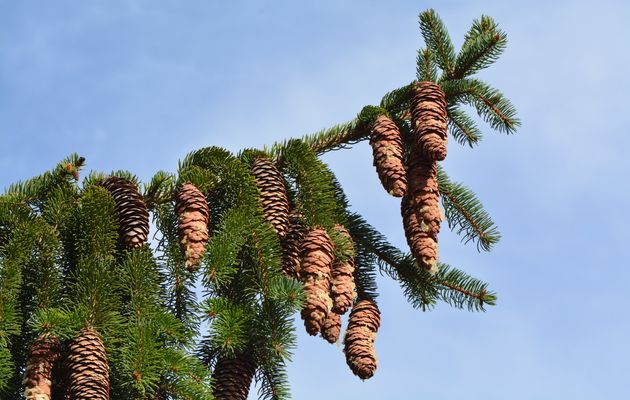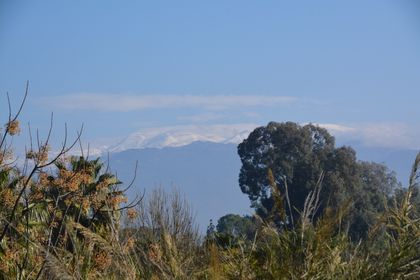The fir tree: the glory of Lebanon
The term was translated as “cedar”, “poplar” and even “cypress” as it was thought that fir trees did not exist in Biblical lands.
28 JANUARY 2018 · 10:00 CET

“The glory of Lebanon will come to you,
the juniper, the fir and the cypress together,
to adorn my sanctuary;
and I will glorify the place for my feet.
(Is. 60:13, NIV)
The Hebrew word (theashshur), which some versions of the Bible (including the NIV) translate as “fir tree”, is mentioned very few times in the Bible (Isaiah 41: 19; and 60:13), and it is generally for the purpose of drawing attention to the future glory of the temple in Jerusalem that would be built with the noble wood of the cypress, elm and fir tree.
The scarcity of references puzzled the translators and, at times the same term was translated as “cedar”, “poplar” and even “cypress” as it was thought that fir trees did not exist in Biblical lands.
Nevertheless, in northern Palestine, and in the southern part of the Anti-Lebanon range, Mount Hermon rises to 2,814 metres above sea-level, and on the highest slopes of this mountain fir trees are still to be found.
There are some 50 different types of fir tree in the mildest regions of the northern hemisphere. The wood of this tree is usually white, light, non-resinous and easy to work with. It was used to make musical instruments and later in the construction of organs, and also paper.

The buds from the fir were also used in natural medicine, as the herbal drinks made from them are effective against catarrh and coughing. In this regard, as a therapeutic measure, asthma sufferers and people with other lung diseases are recommended to walk through forests of fir trees and breathe in their beneficial essences.
The prophet Isaiah appears to have written chapter 60 before the arrival of Nehemiah in Juda, when the walls of Jerusalem still lay in ruins. In spite of this, its message centres around future construction rather than present destruction. The prophet’s aim is to lift the people’s spirits so that, despite the hardship they are enduring, they would fix their attention on the new Jerusalem; on the city of Yahweh, Zion of the Holy One of Israel, the place where the chosen people of God would become the clock of human history.
Therein, precisely, lies the fundamental mission of every prophet of the Almighty God: continually to inspire God’s people so that they live with their trust placed in the God who is bringing his purposes to fruition in the world, and in each one of us.
Published in: Evangelical Focus - Zoe - The fir tree: the glory of Lebanon
